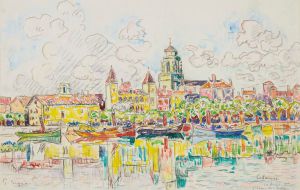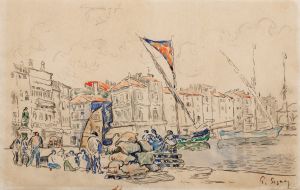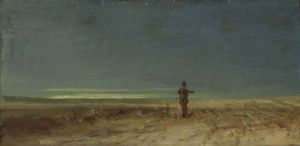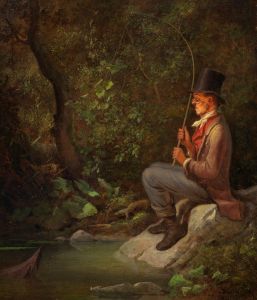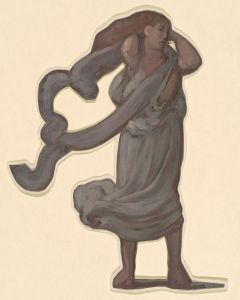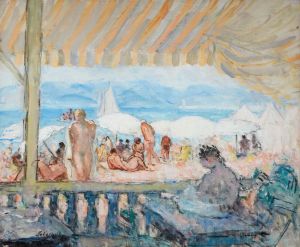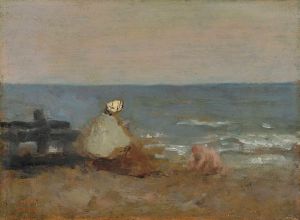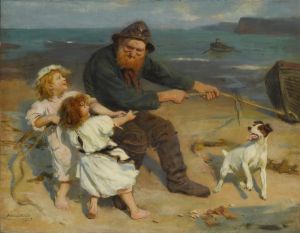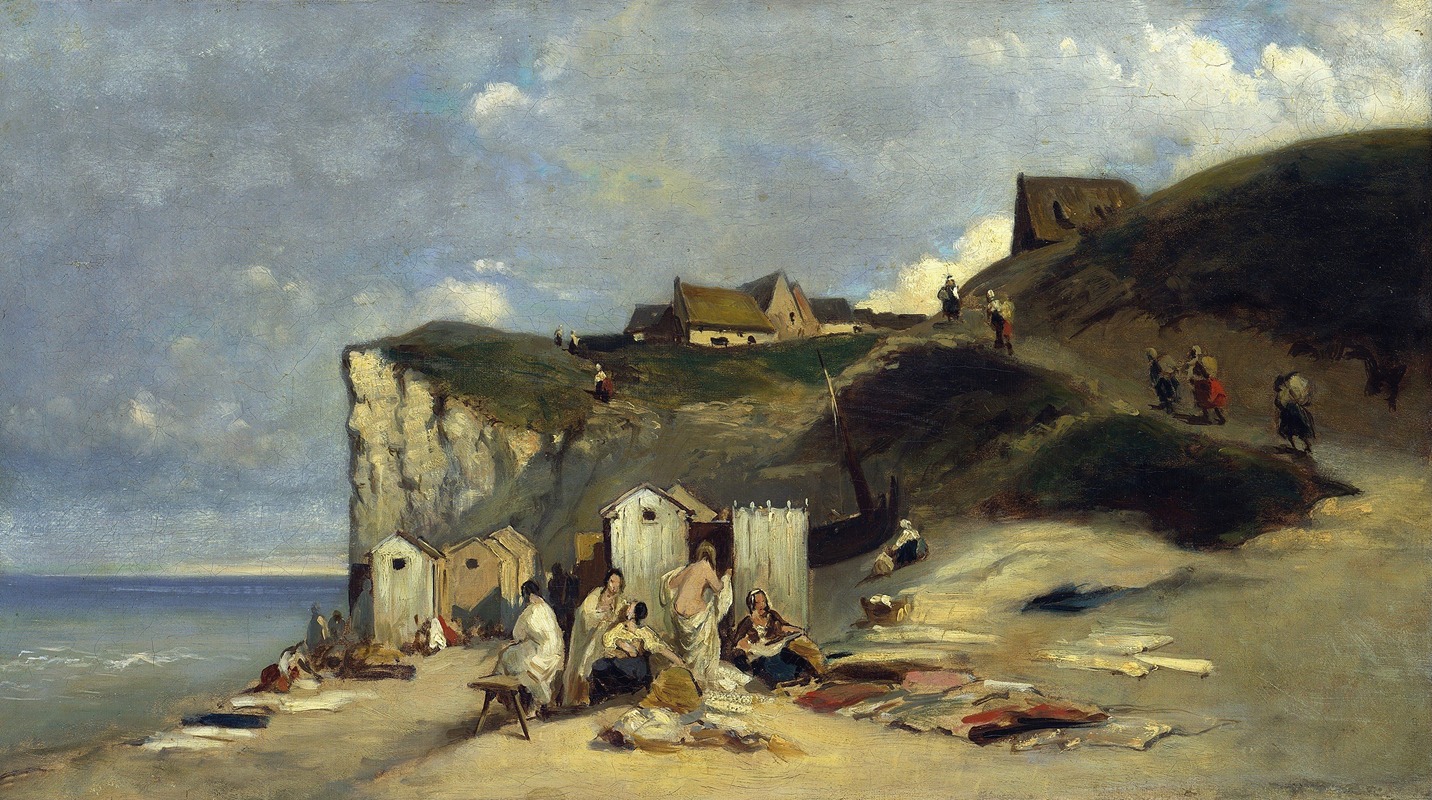
Woman bath in Dieppe I
A hand-painted replica of Carl Spitzweg’s masterpiece Woman bath in Dieppe I, meticulously crafted by professional artists to capture the true essence of the original. Each piece is created with museum-quality canvas and rare mineral pigments, carefully painted by experienced artists with delicate brushstrokes and rich, layered colors to perfectly recreate the texture of the original artwork. Unlike machine-printed reproductions, this hand-painted version brings the painting to life, infused with the artist’s emotions and skill in every stroke. Whether for personal collection or home decoration, it instantly elevates the artistic atmosphere of any space.
Carl Spitzweg was a German romanticist painter known for his detailed and often humorous depictions of everyday life. However, there is no widely recognized painting titled "Woman Bath in Dieppe I" attributed to Carl Spitzweg. It is possible that there might be a misunderstanding or misattribution regarding the title or the artist. Spitzweg's works typically focus on quaint and intimate scenes, often capturing the essence of 19th-century bourgeois life with a touch of satire and wit.
Spitzweg was born on February 5, 1808, in Munich, Germany, and initially pursued a career in pharmacy before turning to art. He was largely self-taught, drawing inspiration from the works of other artists and the world around him. His paintings often feature solitary figures, such as monks, hermits, and scholars, set in charming and detailed environments. Spitzweg's style is characterized by its meticulous attention to detail, vibrant colors, and a keen sense of humor.
One of his most famous works is "The Poor Poet" (Der arme Poet), which exemplifies his ability to blend humor with social commentary. The painting depicts a poet living in a cramped attic, surrounded by the trappings of poverty, yet absorbed in his work. This painting, like many of Spitzweg's works, reflects the artist's interest in the lives of individuals on the fringes of society.
Spitzweg's art is often associated with the Biedermeier period, a time in Central Europe marked by a focus on the domestic and the idyllic. His paintings capture the essence of this era, emphasizing the beauty and humor found in everyday life. Despite his lack of formal training, Spitzweg became one of the most beloved artists of his time, and his works continue to be celebrated for their charm and insight.
If there is a specific painting titled "Woman Bath in Dieppe I" by Carl Spitzweg, it is not widely documented in art historical records or major collections. It is important to verify the authenticity and provenance of artworks, especially when they are not part of the established canon of an artist's work. For those interested in Carl Spitzweg's art, it is recommended to explore his well-documented paintings and drawings, which offer a delightful glimpse into the 19th-century world through the eyes of a keen observer and talented artist.
In conclusion, while Carl Spitzweg is a renowned artist with a significant body of work, there is no verifiable information on a painting titled "Woman Bath in Dieppe I" by him. For accurate information, it is advisable to consult reputable art historical sources or databases.





